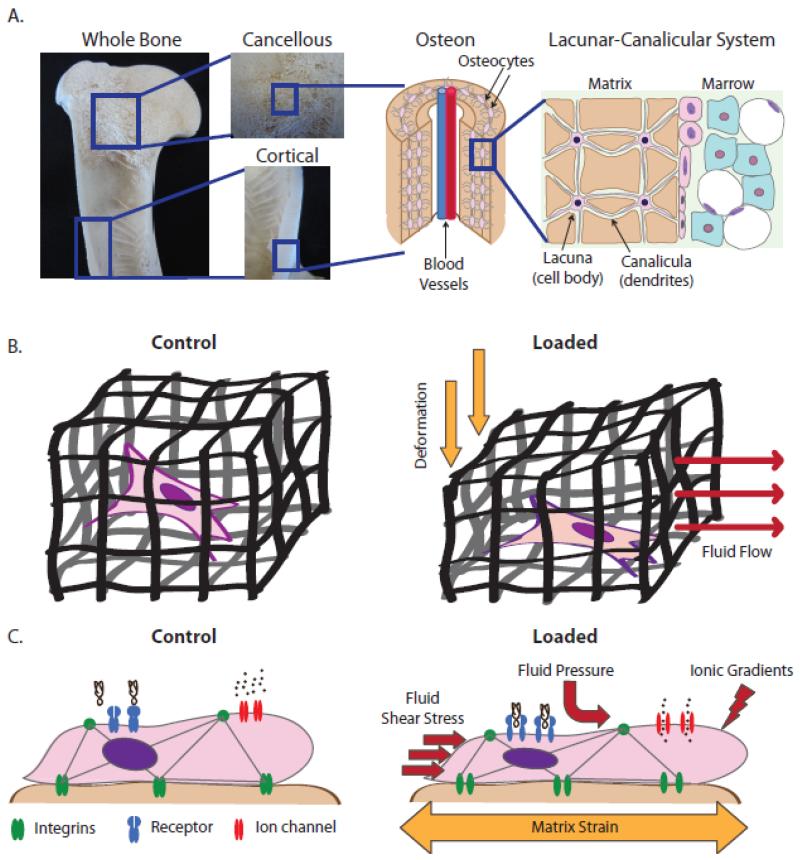Figure 2. Porosity within the skeleton and the cellular mechanical environment under mechanical loading.
A) The skeleton contains porosity at each length scale. A whole bone is comprised of two tissue types: porous cancellous bone and compact cortical bone. The matrix of each of these two bone tissues types is comprised of a vascular porosity called the osteon (~20-40 μm). The osteon is surrounded by concentric layers of matrix containing embedded osteocytes. The cell body of the osteocyte resides in a lacuna (~15-20 μm) while its dendrites reside in canaliculae (~250-300 nm). B) Due to these levels of porosity, bone is fundamentally a fluid-filled porous matrix containing embedded cells. When the porous matrix is deformed, the fluid within is instantly pressurized, causing pressure gradients and subsequent fluid flow from high to low pressure. C) At the cellular level, cells experience substrate strain, hydrodynamic shear stress, pressure gradients, and mass transport-associated ionic gradients. These forces cause deformation of transmembrane proteins as well as changes to cytoskeletal tension, both of which alter cell signaling.

